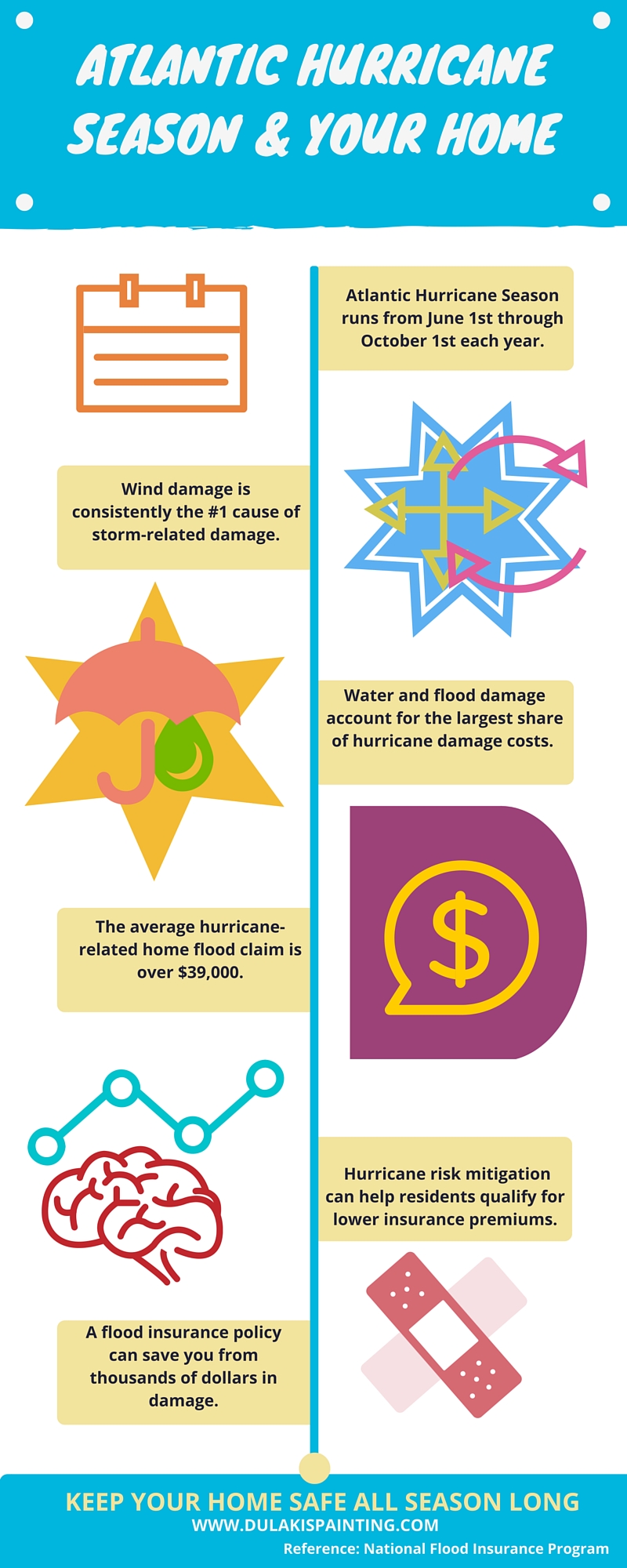Explore The Effect Of Seasonal Elements On The Efficiency Of Industrial Exterior Paint And Determine The Optimum Times To Attain Long-Lasting Results For Your Task
Explore The Effect Of Seasonal Elements On The Efficiency Of Industrial Exterior Paint And Determine The Optimum Times To Attain Long-Lasting Results For Your Task
Blog Article
Produced By-Ford Skafte
When you're planning an industrial outside painting job, seasonal variables can make or damage your results. You'll wish to consider just how temperature and humidity influence paint application and drying times. Selecting the right period can guarantee your paint adheres correctly and lasts longer. However which seasons are really the very best for this kind of work? Let's explore the key elements that can affect your project's success.
The Effect of Temperature Level on Paint Application
When you're intending a business exterior painting task, the temperature can significantly impact exactly how well the paint adheres and dries.
Preferably, you want to repaint when temperatures vary in between 50 ° F and 85 ° F. If it's also cold, the paint might not heal effectively, leading to problems like peeling or breaking.
On the flip side, if it's too hot, the paint can dry out also promptly, protecting against correct attachment and leading to an unequal finish.
https://www.womanandhome.com/homes/mistakes-to-avoid-when-painting-with-dark-colors/ need to also take into consideration the moment of day; morning or late afternoon provides cooler temperature levels, which can be much more desirable.
Constantly inspect the supplier's recommendations for the certain paint you're utilizing, as they usually provide assistance on the optimal temperature level range for optimal results.
Humidity and Its Result on Drying Times
Temperature level isn't the only environmental aspect that influences your industrial exterior painting project; moisture plays a substantial function also. High moisture levels can slow down drying out times considerably, affecting the general top quality of your paint job.
When the air is saturated with moisture, the paint takes longer to treat, which can bring about problems like poor attachment and a greater threat of mildew growth. If you're repainting on an especially humid day, be planned for extended wait times in between coats.
It's crucial to check regional weather and strategy appropriately. Ideally, aim for moisture levels between 40% and 70% for ideal drying.
Keeping these factors in mind guarantees your project stays on track and delivers an enduring finish.
Best Seasons for Commercial Outside Painting Projects
What's the very best time of year for your industrial external paint projects?
ceiling painter and early fall are usually your best options. Throughout these periods, temperatures are moderate, and humidity degrees are often lower, creating perfect problems for paint application and drying out.
Stay clear of summer season's intense heat, which can cause paint to completely dry too rapidly, leading to poor adhesion and finish. Likewise, winter's chilly temperature levels can prevent correct drying out and curing, taking the chance of the durability of your paint job.
Aim for days with temperatures between 50 ° F and 85 ° F for optimal results. Remember to examine the neighborhood weather forecast for rainfall, as damp conditions can spoil your project.
Planning around these factors ensures your paint project runs smoothly and lasts much longer.
Verdict
Finally, planning your industrial outside painting tasks around seasonal factors to consider can make a significant difference in the end result. By organizing work during the optimal temperature levels and humidity levels, you'll ensure far better bond and drying out times. Bear in mind to keep an eye on regional weather forecasts and select the correct time of year-- spring and very early fall are your best options. Taking these steps will certainly aid you achieve a resilient and specialist coating that lasts.
